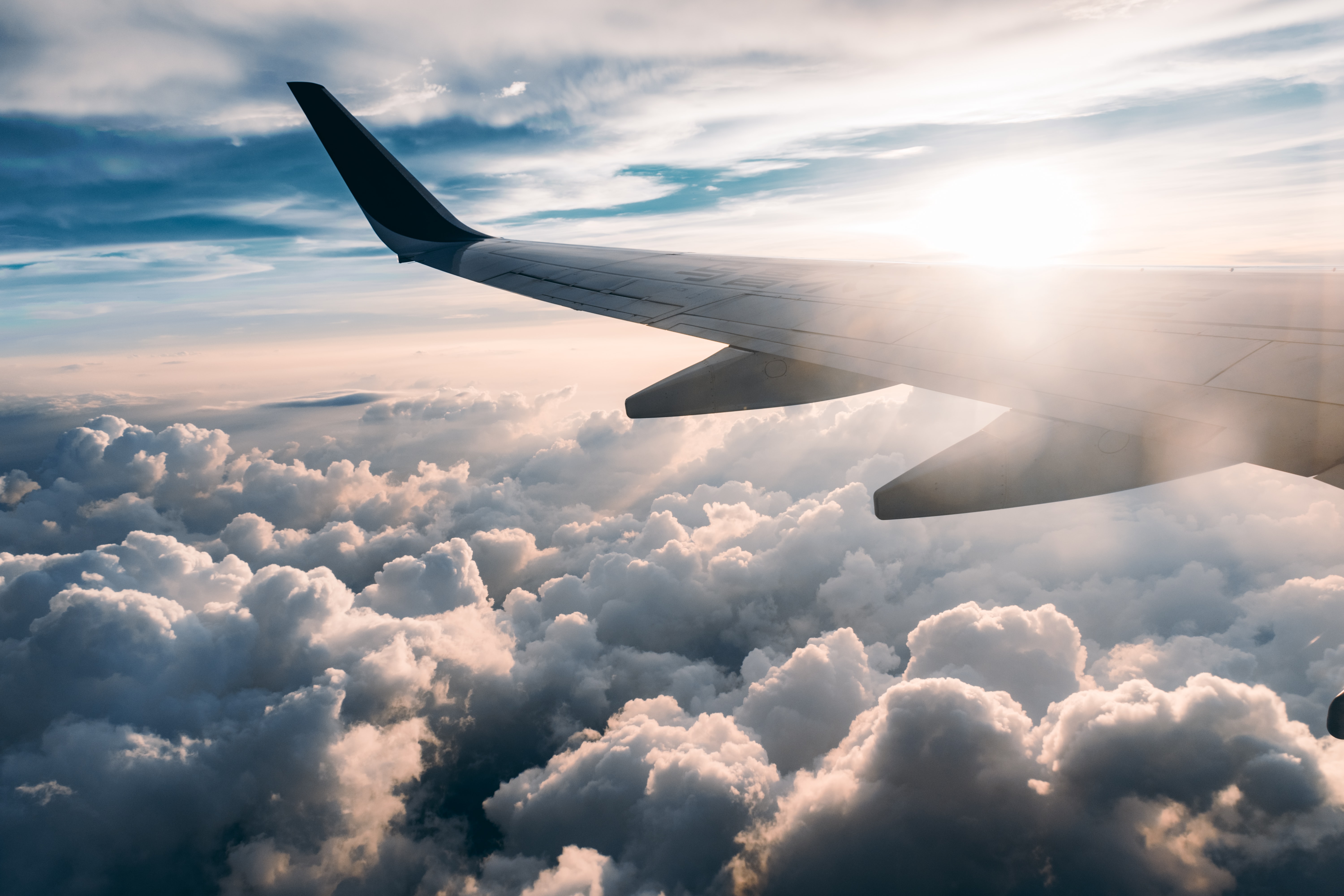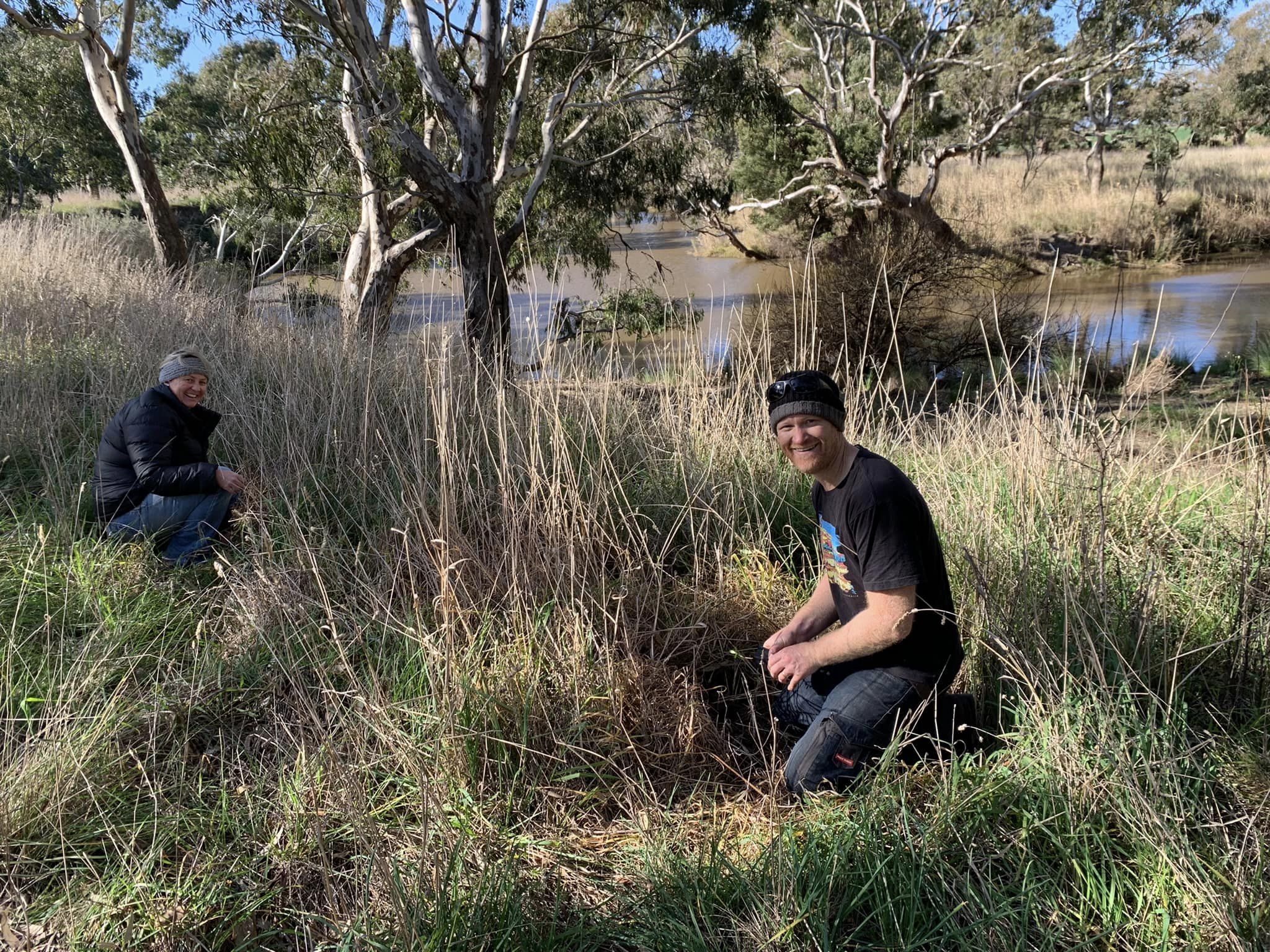Air travel takes a big chunk of our individual carbon footprint, accounting for almost 4% of CO2 emissions in Australia. There are a few reasons for this, as we know Australia is geographically isolated from the rest of the world and there are vast distances between our population centres, plus … we do love to fly! On average, Australians annual account for flying is 787kg/carbon, compared to the rest of the world at 103kg/carbon. [1]
Qantas is Australia’s largest airline. This year, it is responsible for more than 17 million tonnes of CO2, which is the equivalent to the emissions of 1 million households a year. With Qantas in the news [2] recently for misleading their customers with ‘carbon neutral flights’ using phrases such as ‘sustainable aviation fuel’ and ‘vague eco-terms’ we thought we’d look at the question – Can Air Travel Be Sustainable?

First, let’s look at carbon offset programs that most airlines offer their customers, either within their web-sales or via a link to a third-party provider. These programs are aimed at passengers who understand the impact of flying, and want to contribute to carbon offset projects that reduce that impact.
Carbon offsetting is a way to ‘compensate’ a proportion of an aircraft’s carbon emissions on a particular journey by investing in carbon reduction projects elsewhere. Offsetting allows support of decarbonisation projects which are valuable ways of capturing or preventing CO2 from being emitted elsewhere.
International Air Transport Authority (IATA).
However, the flying public have become skeptical as to exactly where their money is going. Just last month, an environmental advocacy group lodged a complaint over claims Qantas was making on sustainability.
Research and advocacy group Climate Integrity and the Environmental Defenders Office have lodged a formal complaint against Qantas, asking for an investigation into the airline’s sustainability and climate claims.
ABC News | October 16 2024 | [3]
Regulators are cracking down on greenwashing, a term used to describe false or misleading environmental claims that makes businesses appear more environmentally beneficial than they really are. We’ve written a previous article on greenwashing. You can find it here.
This brings us back to the question, Can Air Travel Be Sustainable? In brief … no! Even if airlines didn’t mislead us or purposely greenwash, the carbon we capture through various offsets, is not going to make up for the carbon emissions of the of the flight.
The scientific evidence is clear; one tonne of carbon emitted is not the same as one tonne of carbon sequestered through an offset program. While contributing to conservation is a great thing, it cannot compensate or neutralise the emissions from flying.
Claire Snyder | Director | Climate Integrity

So, let’s not kid ourselves … no amount of offsets such as wind energy, clean cook stoves or methane capture are going to equal the the amount of carbon released into the atmosphere from burning fossil fuels by aircraft. However, we can make a personal difference to our carbon footprint of flights by flying responsibly (i.e questioning whether we really need to take that flight). And while we are the first to admit planting trees plays a very small part when it comes to reducing flight emissions … it is a place to start, along with finding creditable carbon offset programs within an airlines’ websites. Find out more about tree planting for flights here.
Number of hours (in the air) = number of trees.
With reluctance from the airlines and little government persuasion, it looks like sustainable flights are a long way off. In the meantime, follow some of these basic carbon cutting ideas when you next book your essential flight.
- Fly direct. Landing and taking off require huge amounts of fuel, so the less number of stopovers the better.
- Choose a low emissions airline. Airlines such as LATAM or Air France, use Sustainable Aviation Fuel (SAF), run fleets of newer planes and are running fuel efficient. Interestingly, out of 60 airlines, Qantas came in at 49/60 when it came to sustainable practices.
- Go economy. Flying business class doubles your emissions, this is because the seats are much heavier and take up more space.
- Avoid night flights. Contrails (condensation trails) during the day and night trap heat. However, at night contrails don’t reflect any solar radiation, so they have a higher warming impact. [4]
While airlines are waking up to the need for a new era of environmentally friendly travel, and are looking at ideas such as; biofuels, energy-efficient planes, tangible carbon-offsetting projects, electrification and even the prospect of hydrogen engines, they are very slow to transition. Plans that rely on hydrogen, electrification and a range of biofuels (such as vegetable oils, algae and household waste) that produce 80 per cent less emissions are a long way off with technical hurdles unlikely to be powering commercial jets for several decades.
Writer: Colleen B. Filippa
With a background in Environmental Science, Colleen is the Founding Director of Fifteen Trees. In 2009, after 20 years in primary, secondary and tertiary education institutions, Colleen left the classroom to start the company. Fifteen Trees is a social enterprise assisting individuals and companies to reduce their carbon footprint by supporting community groups such as Landcare, schools and environmental networks.
References.
[2] The Guardian
[3] ABC News


